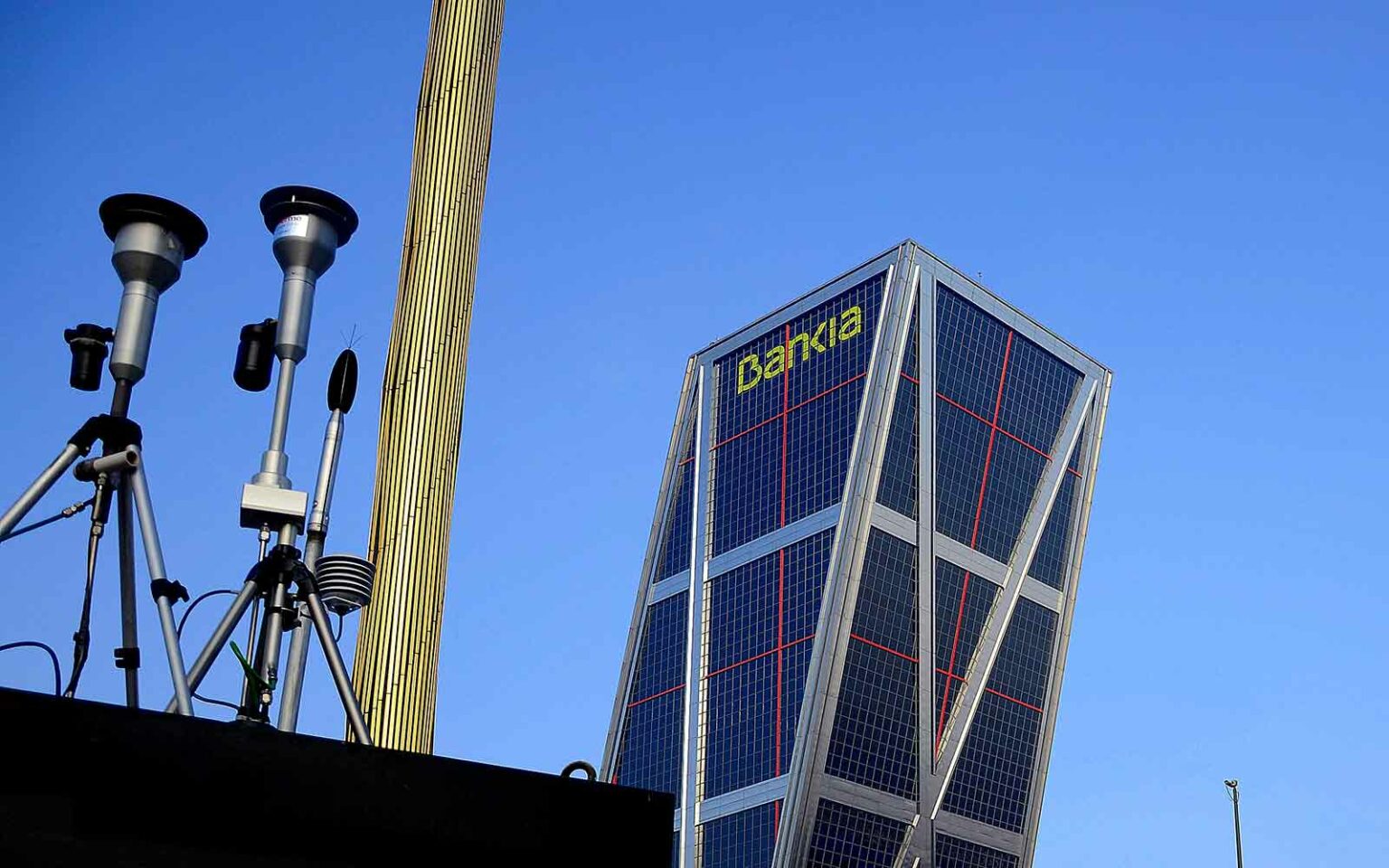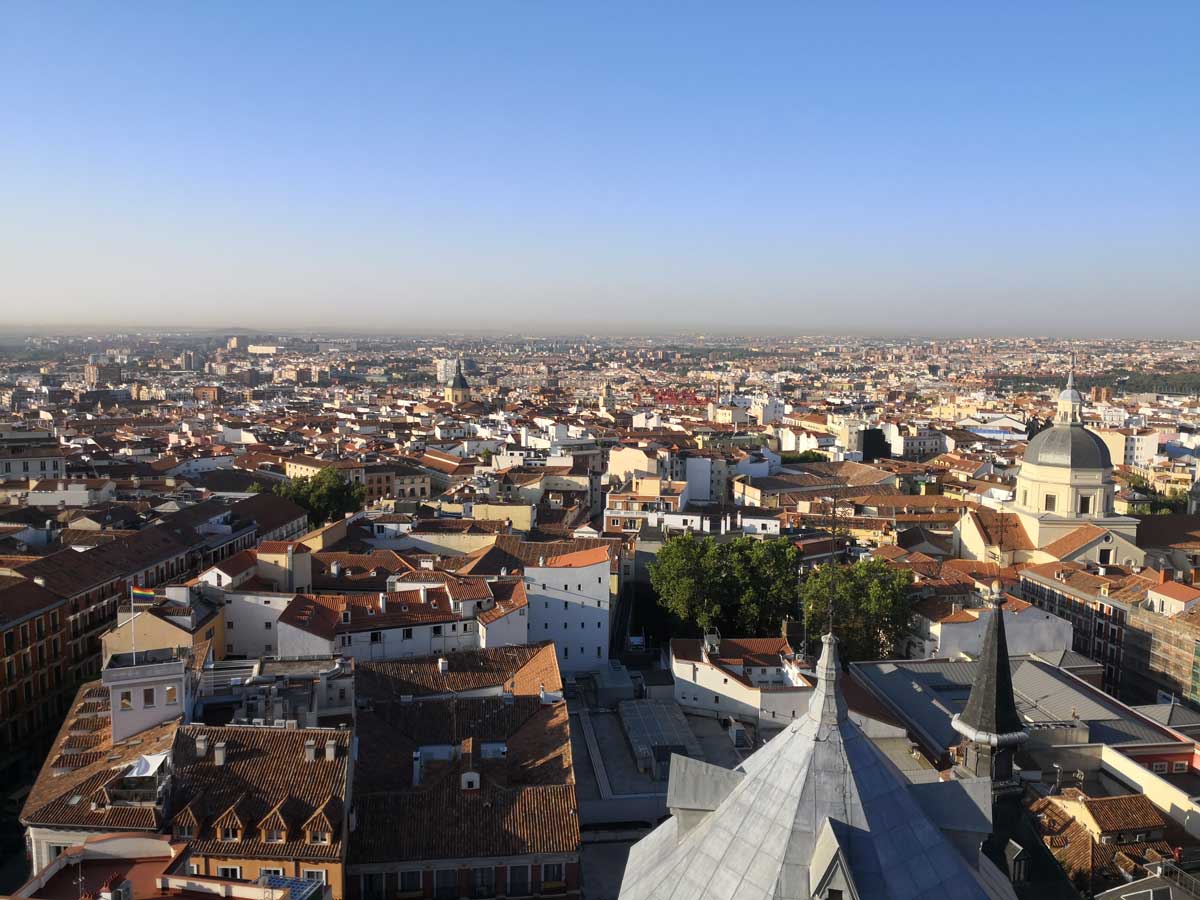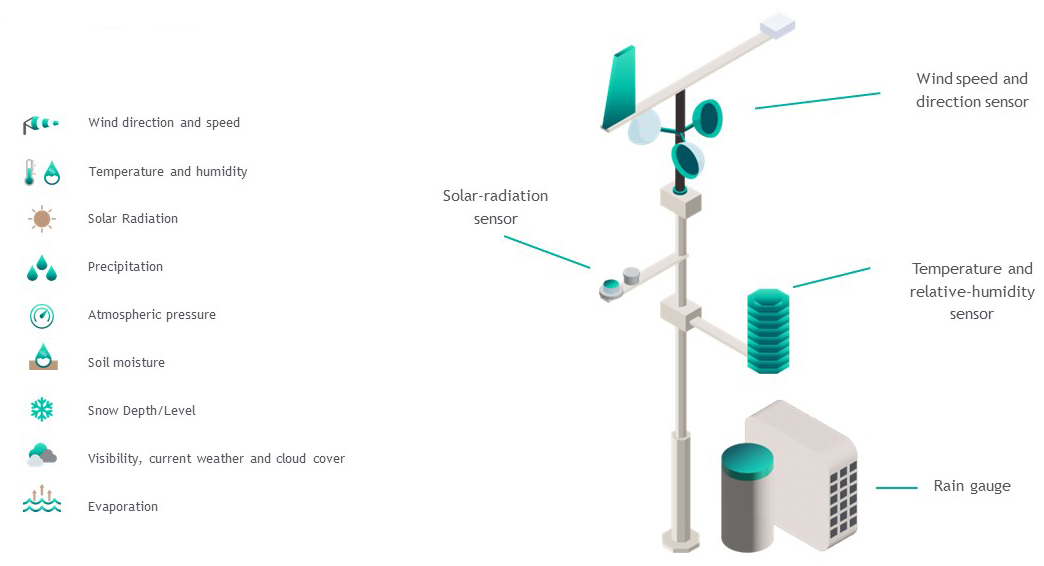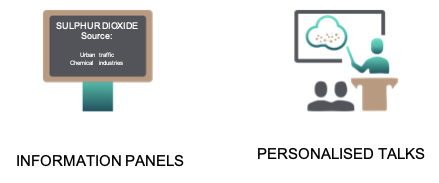Choose language
Air quality
Air quality
In the constant quest to preserve and improve our environment, the protection of air quality has become an issue of vital importance for society and public administrations. In urban areas, with a more intense concentration of human activities and presence of industries and vehicles, the monitoring and rigorous control of air pollutant levels has become a fundamental cornerstone in guaranteeing the population’s health and well-being.
The implementation of advanced monitoring systems not only allows the identification of high-risk areas and the implementation of mitigation or prevention plans, but also provides essential data to evaluate the success of pollution control policies and to adapt strategies to the changing needs of the population and the environment.
Localisation of pollution problem areas and knowledge of their spatial-temporal evolution are crucial aspects in addressing environmental challenges. SICE offers innovative and technologically advanced solutions for monitoring air quality in urban areas. We use state-of-the-art technologies to analyse and manage the data collected, providing valuable information that enables the implementation of Action Plans aligned with European Directives and other international standards.


This system measures gas concentrations, particulate matter and meteorological data, while also providing real-time information on the state of air quality. Remote stations are capable of measuring gases (CO, NOX, SO2, O3, hydrocarbons, BTX, etc.), particulates, meteorological parameters and noise levels. SICE integrates surveillance networks with mathematical simulation models for short-term analysis and prediction.
One fundamental component of the monitoring stations is the Data Acquisition System (DAS), which is responsible for the acquiring and recording the data collected by the analysers and then transmitting the information and the alarms generated to the Control Centre. SICE has developed its own DAQ system, a simple maintenance model that allows for modifications and extensions to adapt to emerging technologies and growing demand. It is equipped with a monitor to display any reports on the status of the remote station in situ. It supports different types of communications and complies with EEC regulations.

SICE responds to the needs of meteorological organisations, meteorological control areas in airports, support for air quality measurement networks and, in short, a wide variety of clients and projects requiring localised meteorological control.
We also integrate weather stations to monitor variables that could affect road safety (wind gusts, rain, ice on the road, visibility, etc.) as part of the ITS systems for monitoring traffic on interurban roads.



SICE develops environmental information databases and implements different systems to distribute environmental information via websites, smartphones, information panels, personalised talks, etc. We understand that informing citizens about the state of air quality is essential in promoting environmental awareness and participation in the construction of cleaner and more sustainable cities